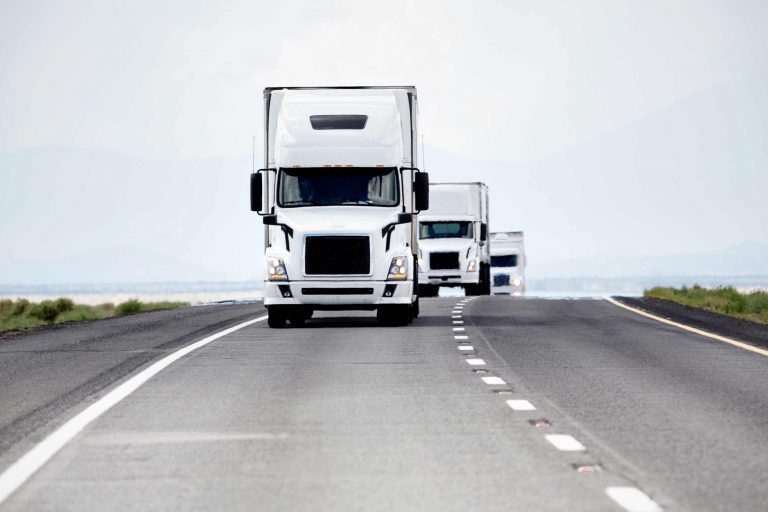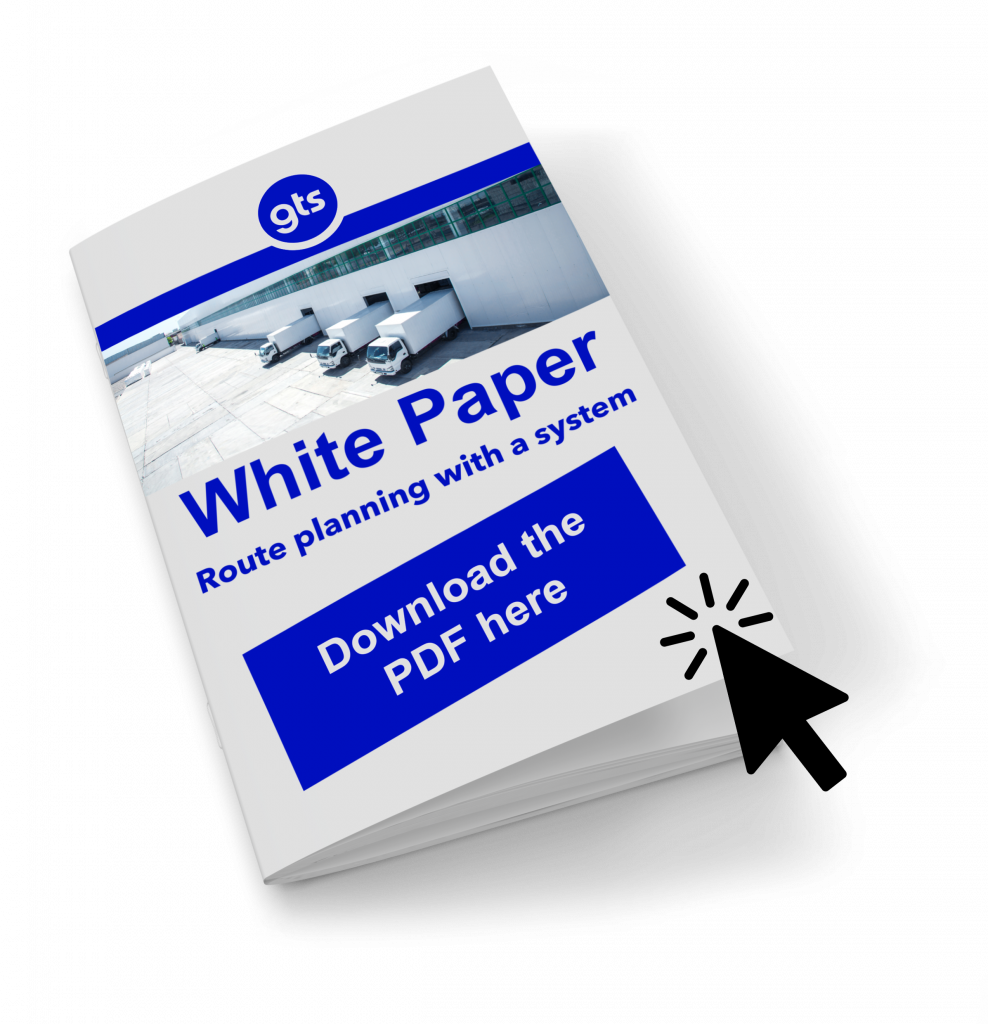
Global warming, rising sea levels and environmental pollution: the worldwide discussion about climate change was triggered not least by the 'Fridays for Future' movement of the Swedish climate activist Greta Thunberg. In Germany, too, topics such as the diesel scandal have been in the media spotlight in recent years. As a result, road transport is increasingly coming into focus as the main cause of harmful CO2 emissions. This is a current challenge for the forwarding and logistics industry, for which "green logistics" has long since become an important issue. Environmentally sound and resource-efficient logistics processes have one goal: to keep the ecological footprint as small as possible. With a new project, gts wants to make it possible for companies to trace their own footprint in terms of utilisation. The new CO2 clock will be online soon!
Road transport as a decisive factor for climate protection
A study by the Federal Ministry for the Environment, Nature Conservation and Nuclear Safety (BMU) shows: Greenhouse gas emissions from transport in 2018 decreased only slightly compared to 1990. 164 became 162 million tonnes of CO2 equivalents. One thing is certain: Something has to change in the mobility sector.
With the Climate Protection Programme 2030, Germany therefore wants to reduce its greenhouse gas emissions by 51 percent by 2030 compared to 1990. This was calculated by experts on behalf of the BMU. According to the Federal Environment Agency, the specific emissions per tonne-kilometre of truck traffic have fallen since the 1990s due to the use of better engines, exhaust technology and improved fuel quality. However, the transport effort of HGVs increased by 81 per cent between 1995 and 2018, from 279.7 million tonne-kilometres to 506.9 billion tonne-kilometres. This means that transport remains one of the areas with the highest CO2 footprint in the logistics chain.
Climate protection with route planning in logistics
In view of these figures, the topics of CO2 savings or even neutrality are at the top of the agenda for many logistics companies today. And not just for image reasons or because of the threat of government sanctions. Social awareness of the relevance of environmentally friendly and thus sustainable concepts makes them aware of their responsibility and the need for action. But where to start? For example, in the daily mileage of their own vehicle fleet. The optimisation potential is huge. An analogue management of transport capacities is not very efficient, neither in terms of economic efficiency nor in terms of the emissions caused. This is exactly where the TransIT software from gts comes in and digitalises route planning. And it does so on the basis of intelligent algorithms, precise area planning and automated optimisation algorithms. The result: the same service with fewer total kilometres driven, less fuel consumption and fewer vehicles used. A real competitive factor!

Software for route planning: TransIT paves the way for waste management 4.0
In the long run, with the right route planning, the routes of fleets can not only be made more efficient - for example, driving to more locations in less time - but also save tons of CO2. More and more customers who already rely on the TransIT software for their route planning and optimisation are interested in the topic of CO2 savings. They know that they save, but not how much they save. This is exactly the reason why gts has developed the CO2 watch, which will be released soon. Measuring the ecological footprint allows logistics companies to monitor their own sustainability and the results of their actions for the climate. The scientific team of gts does not provide mere estimates, but reliable figures. These are based on the actual consumption figures of TransIT users - and in real time.
How sustainable is your tour planning? And how is your supply chain doing when it comes to resource conservation? Let us answer these questions together so that your company can find its economic and ecological balance in the future.
Here you can find our Success Stories .




